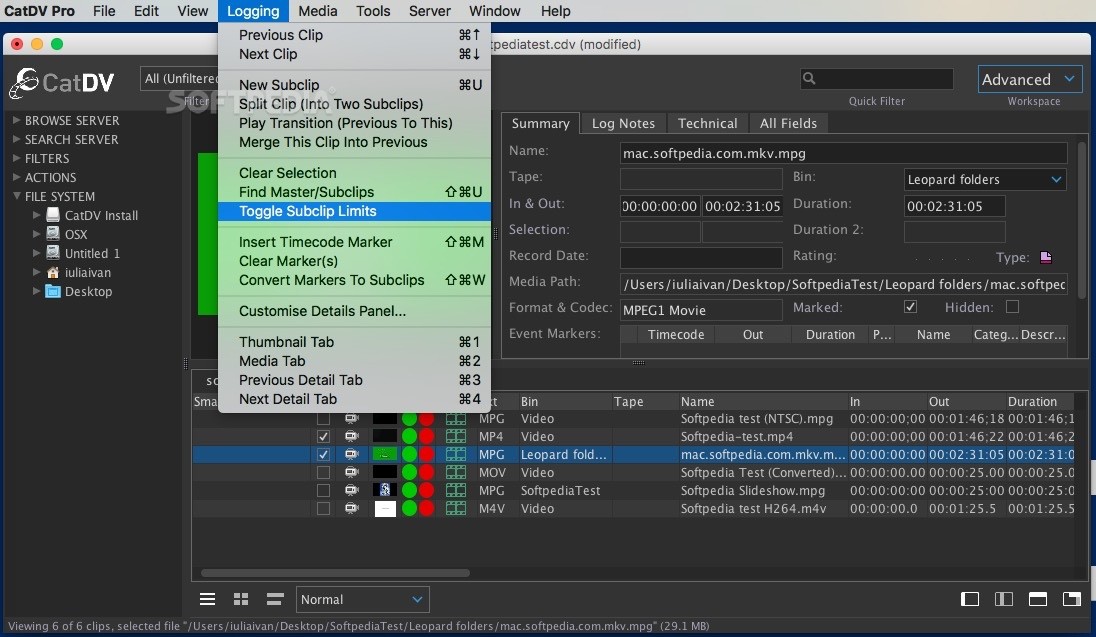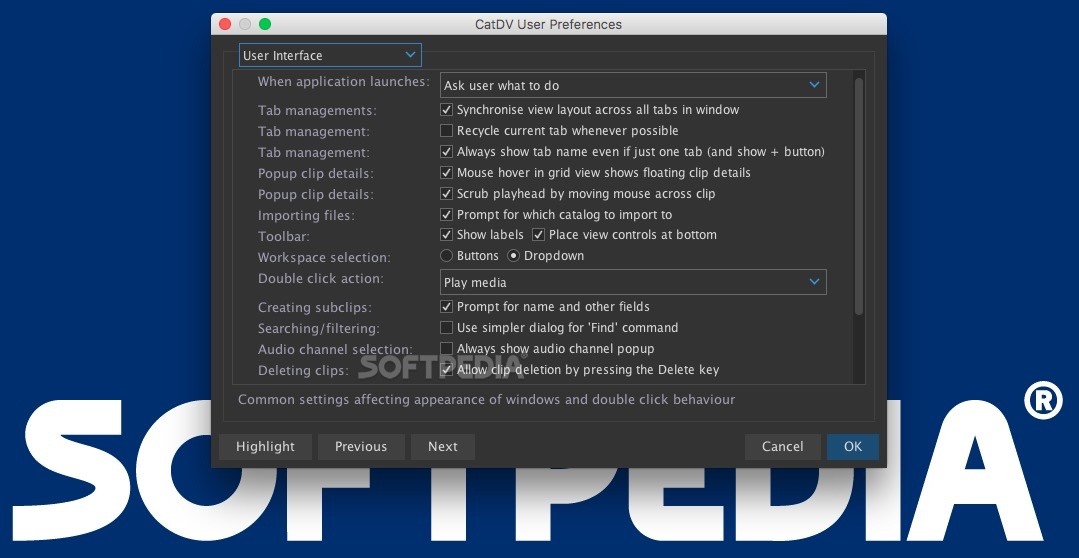

To where does all this lead us? The proposed abstract will focus on the transfiguration of audio contents, both in terms of journalism, entertainment and advertising, as well as the mutation of the listener in direction of a relation between the one who listens to radio and is also a web user of radio websites, presenting the concept of as a definition for the new broadcasting context in the 21st century.

This dissertation concentrates on the changing form of the music commodity over the last two decades. Specifically, it traces the transition from music on compact discs to music as a digital file on computers/mobile devices and the economic, industrial, aesthetic and cultural consequences this shift has for how we produce, present, and consume music. As computers became viable sources for the playback of popular music in the 1980s and 1990s, the roots of the digital music commodity took hold. Stripped of many of their previous attributes (i.e. album art, compressed sound, packaging, etc.), recordings as digital files were initially decontextualized commodities.

On computers, music underwent an interface-lift, gradually getting redressed with new features (i.e. metadata, interfaces, digital “packaging”). This dissertation focuses on five technologies – Winamp, Metadata, Napster, iTunes and Cloud Computing – that were key to rehabilitating the music commodity in its digital environments.


 0 kommentar(er)
0 kommentar(er)
